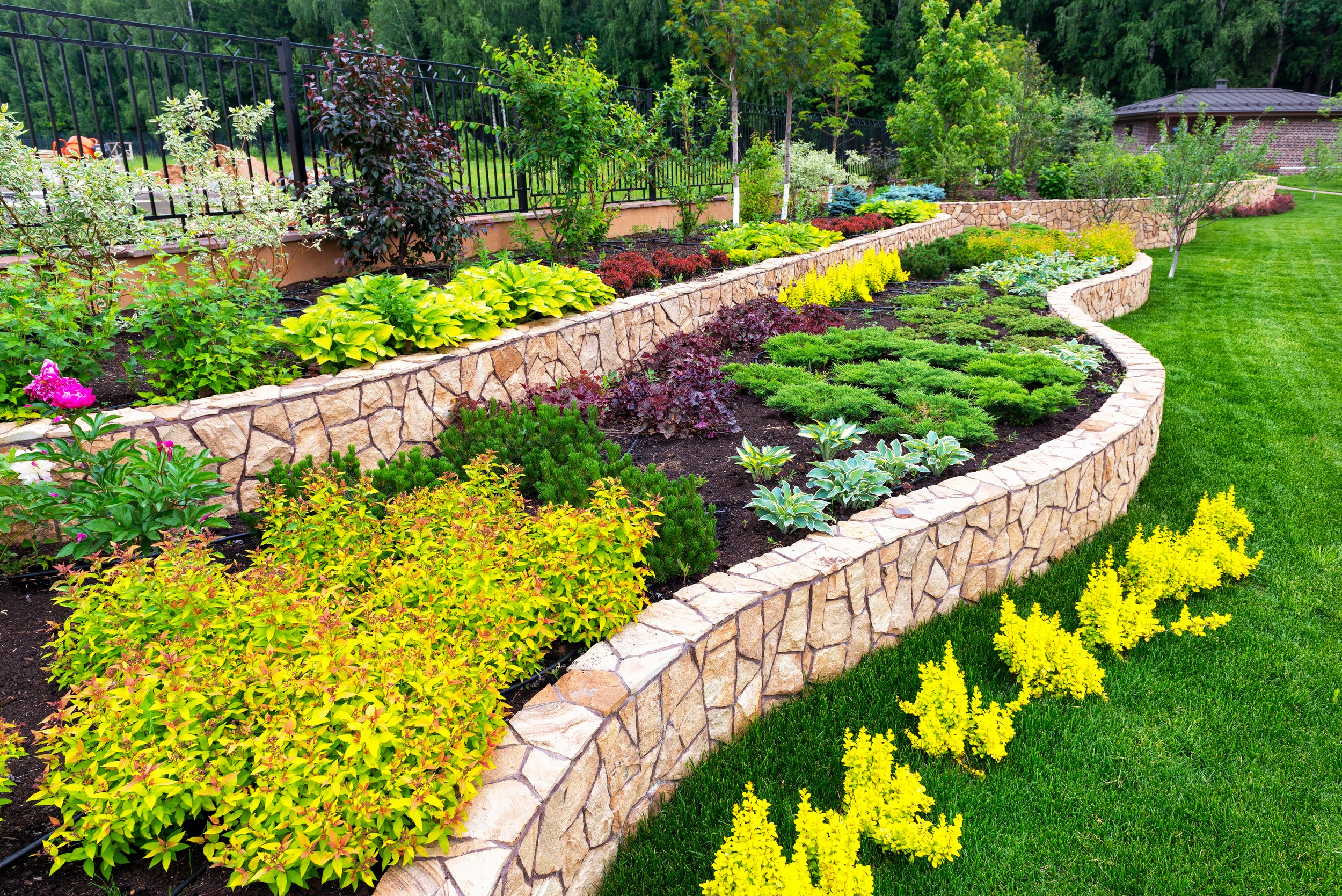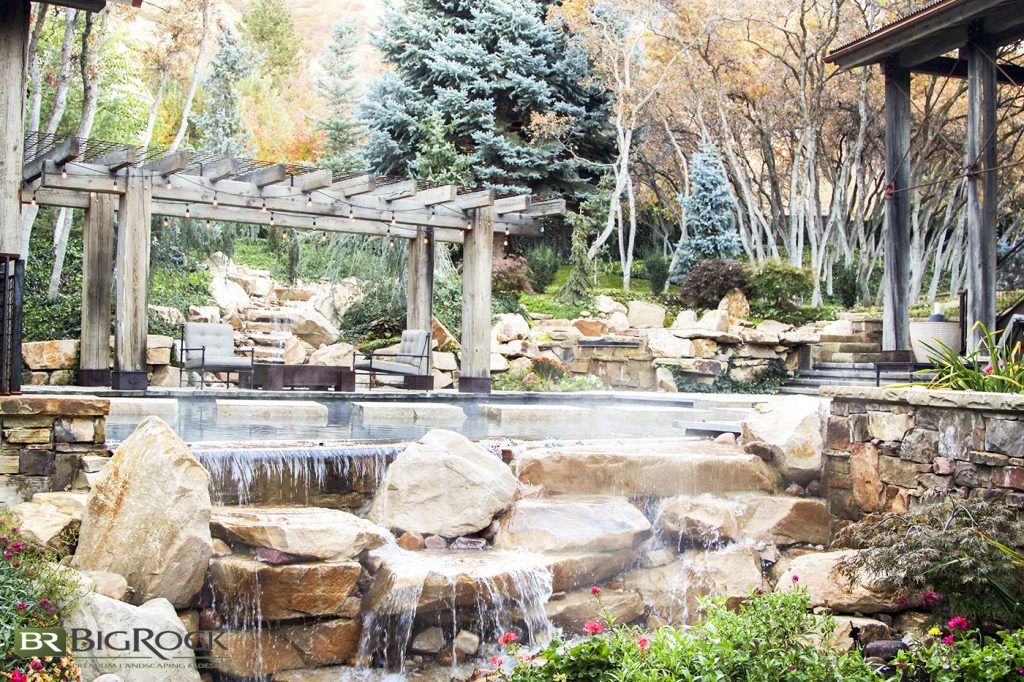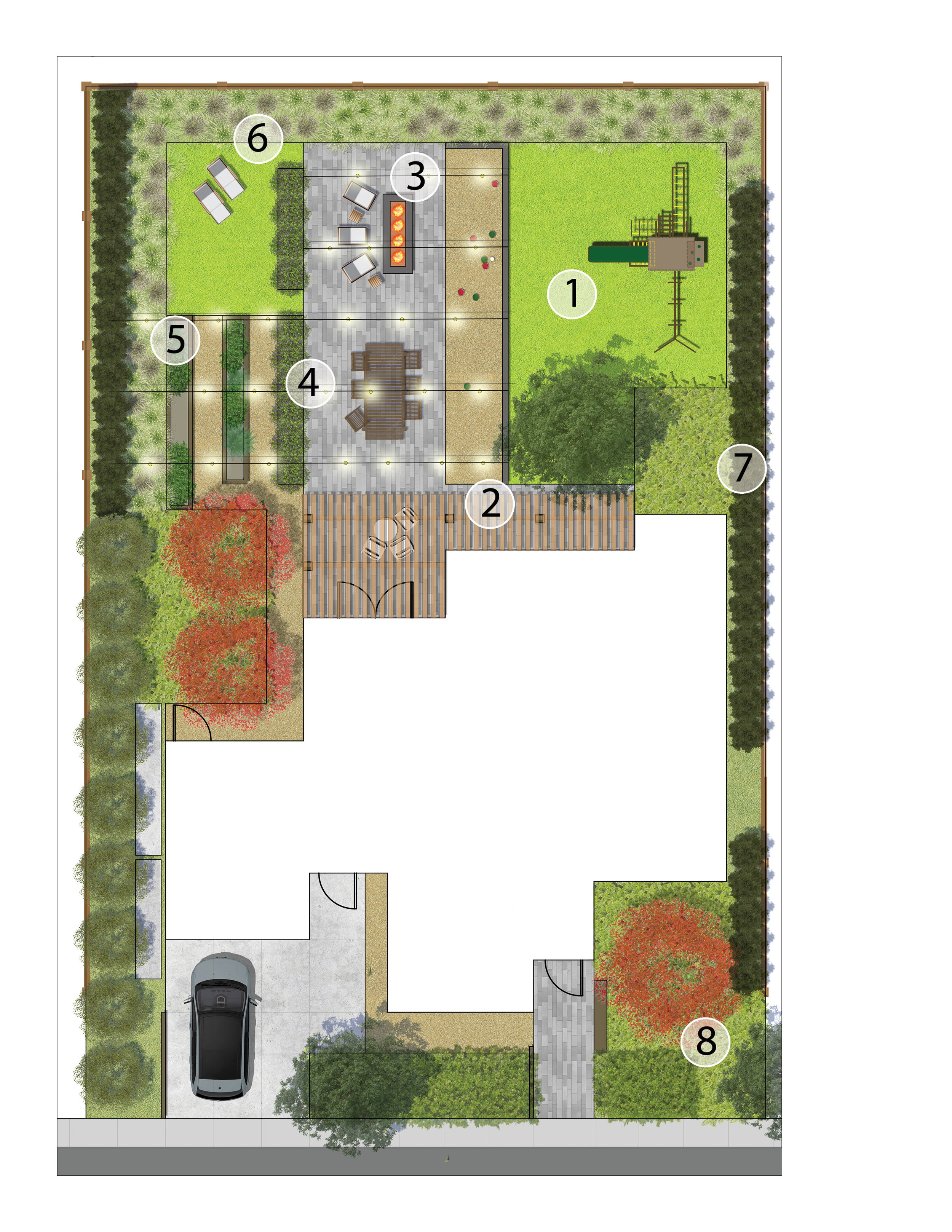7 Simple Techniques For Hilton Head Landscapes
7 Simple Techniques For Hilton Head Landscapes
Blog Article
The Single Strategy To Use For Hilton Head Landscapes
Table of ContentsHilton Head Landscapes for BeginnersLittle Known Facts About Hilton Head Landscapes.Little Known Questions About Hilton Head Landscapes.Things about Hilton Head LandscapesSee This Report about Hilton Head LandscapesSome Known Facts About Hilton Head Landscapes.The Single Strategy To Use For Hilton Head Landscapes
Line produces all forms and patterns and can be used in a range of ways in the landscape. Line in the landscape is produced by the side in between 2 materials, the outline or shape of a kind, or a long direct function. Lines are an effective tool for the designer due to the fact that they can be used to produce an unlimited range of forms and types, and they control movement of the eye and the body.

Lines can have one or even more qualities, such as those described listed below, yet they usually offer different functions. Figure 1. Lines in the landscape - Landscapers near me. The homes of lines identify just how individuals react to the landscape, both emotionally and literally. Straight lines are structural and forceful; they create an official personality, are typically connected with an in proportion layout, and lead the eye straight to a focal point.
How Hilton Head Landscapes can Save You Time, Stress, and Money.
Straight lines are usually discovered in hardscape edges and material. Curved lines produce an informal, natural, relaxed character that is associated more with nature and unbalanced equilibrium. Bent lines relocate the eye at a slower speed and add mystery to the space by producing covert sights. Vertical lines move the eye up, making an area feel bigger.
Upright lines in the landscape consist of high, slim plant product, such as trees, or high frameworks, such as an arbor or a bird home on a post. Straight lines move the eye along the ground plane and can make a space feel bigger. Reduced lines are a lot more restrained and create a sensation of remainder or repose.
The Ultimate Guide To Hilton Head Landscapes
Lines are also developed by the vertical types of developed features and plant material. There are three key line types that develop kind in the landscape: bedlines, hardscape lines, and plant lines.
Bedlines link plant product to the house and hardscape due to the fact that the eye complies with the line, moving the look via the landscape. Hardscape lines are produced by the edge of the hardscape, which defines the constructed structure. Line can additionally be developed by long and narrow materials, such as a fencing or wall.
Fascination About Hilton Head Landscapes
Form is found in both hardscape and plants, and it is usually the leading aesthetic element that spatially arranges the landscape and frequently figures out the design of the garden. The type of frameworks, plant beds, and garden ornaments additionally establishes the total type style of the yard. Formal, geometric types consist of circles, squares, and polygons.
Plants create form in the yard with their lays out or silhouettes, but form can additionally be defined by a gap or adverse room in between plants - Landscaping bluffton sc (https://issuu.com/h1tnhdlndscps). Circles can be cycles, or they can be split right into fifty percent circles or circle sectors and incorporated with lines to develop arcs and tangents
The smart Trick of Hilton Head Landscapes That Nobody is Talking About
Circles are a solid style type because the eye is always attracted to the center, which can be used to highlight a focal point or link other types. Round forms in hardscape and lawn panels.
The square kind can also be fractional and previously owned repeatedly to produce a grid pattern. Unlike circles, squares are stronger on the edges, which can be lined up or overlapped to develop special patterns and even more intricate forms.
Meandering lines commonly imitate the all-natural training course of rivers or streams and can be referred to as smooth lines with deeply bent wavinesses. Twisting lines (Figure 3) function well for paths, plant bedlines, and dry stream beds. Meandering lines can add rate of interest and mystery to a yard by leading customers around edges to find brand-new views and rooms.
How Hilton Head Landscapes can Save You Time, Stress, and Money.

Figure 5. Fragmented sides: stepping stones in pathway. Form is one of the most long-lasting high quality of a plant (Landscapers near me). https://stevenagonzales5.wixsite.com/h1tnhdlndscps/post/transform-your-outdoor-space-with-hilton-head-landscapes. Common plant types are well developed and standardized, as form is the most constant and identifiable characteristic of plants. Form can additionally be produced with the massing of plants, where the overall mass creates a various type than an individual plant.
A highly contrasting form has to be used with careone or more job well as a prime focus, however as well lots of wreak havoc. Natural plant forms, rather than over-trimmed kinds, must establish the bulk of the composition. The importance of total type is basically depending on the watching perspectivethe type of a tree can show up quite different to an individual standing under the canopy versus watching the tree from a distance in an open area.
How Hilton Head Landscapes can Save You Time, Stress, and Money.
Plant types likewise develop and specify deep space or open rooms between the plants, producing either convex or More Help scooped kinds in deep spaces. High-arching tree branches typically develop a concave open space under the branches, and a rounded canopy with reduced branches loads the space to create a convex form in the open area under the tree.

Report this page